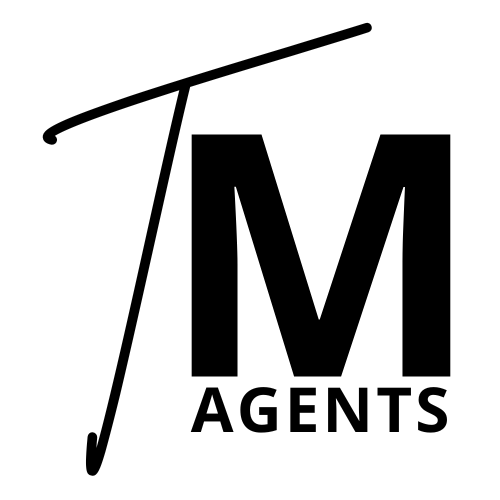Trademarks are essential when it comes to protecting your brand’s identity. It helps you stand out in a new-age competitive market. However, not all trademarks are built the same. Before applying for trademark registration in Singapore, you should know there are strong and weak trademarks that offer varying levels of protection based on distinctiveness.
The more distinctive your trademark, the stronger your trademark.
In this article, we will examine what makes a trademark strong or weak (and rank them) and which ones offer the best protection for your brand.
1. Fanciful Marks: The Strongest Type of Trademark
Fanciful marks are the most powerful and enforceable type of trademark. These are naturally distinctive marks as they are made-up and have no meaning. Examples include “Exxon” and “Kodak”. As these marks are unique and created for the sole purpose of branding, they are extremely distinctive and offer the highest level of trademark protection.
2. Arbitrary Marks: Common Words, Unrelated Uses
Second in line are arbitrary marks. These are existing words that have no relation to the goods/ services they represent. For instance, “Apple” as a technology brand, “Camel” as a cigarette brand, and “Shell” for petrol.
3. Suggestive Marks: The Middle-Class of Trademarks
Suggestive marks stand right in the middle on the trademark-strength spectrum. These marks typically point toward a characteristic of the product or service, without blatantly describing it. For example, “Netflix” suggests something related to shows and movies without directly stating that it is a streaming platform. Similarly, “Walmart” suggests something related to retail markets without explicitly saying it operates a chain of hypermarkets, department stores and grocery stores.
4. Descriptive Marks: Low Protection
Moving on to the weaker trademarks. Descriptive marks, as the name suggests, are marks that directly describe a characteristic, function, nature or quality of the goods or services they symbolise. Some examples are “British Airways”, “Bank of America” and “UPS” (United Parcel Service). Being so basic, these marks are difficult to enforce as they lack distinctiveness, making them weak trademarks. Unless a brand can prove that it has become almost synonymous with the product or service it offers, getting trademark protection in this category can be a challenge.
5. Generic Marks: The Weakest Type of Trademark
Coming in last in the ranking, we have generic marks. Similar to many other countries, in Singapore, these marks are typically incapable of being registered because they are simply too generic and common. For example, using “Bread” for a bakery, or “Paper” for tissues, or “Coffee” for a coffee shop. These terms are considered too broad and should be allowed for public use.
When applying for trademark registration in Singapore, it is ideal for you to aim for the highest level of distinctiveness. However, the line between each category may not be clear-cut. Each analysis is subjective, the suggestive mark you applied for could be ruled as descriptive. Your descriptive mark could be recognised as generic, the list goes on. To maximise your chances at registration approval, engage a professional for guidance and insights before you register a trademark in Singapore.
With our wealth of experience in trademark registration, here at Trademark Agents, we are laser-focused and prioritise your best interests. We thrive seeing your brand succeed.
Reach out to us today for our professional services, or a chat to get started!
Answers To Our Matching Games



